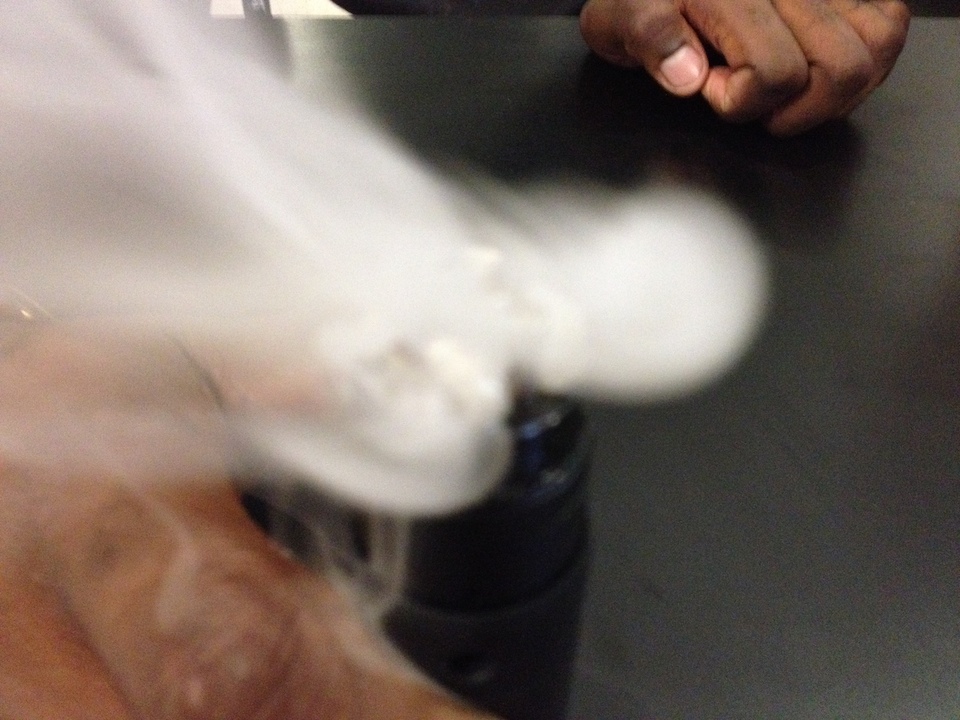I'm winding 10 wrap coils on a 2mm mandrel, stretching them and re-compressing to get the slightest bit of spacing between the coils. That lets me use TC mode for longer battery life and still get the best flavor. I'm installing them between the posts like the picture in your post. I still get the solid orange glow in a dry burn that looks just your right hand picture.
That combo seems to derive the best flavor I've had yet in a KFL Plus v2.
I recently ordered about 7 new MTL atomizers from fasttech that were suggested by people in various threads. I've tried most of them, but haven't spent the time to optimize them for the best flavor.
If that nails your vapor density/volume target for your atty, awesome. I've built quite a few of those on coilers and screws. Stretching and manipulating anything wound tight on a mandrel alters the internal Ø, symmetry. If you're getting good end to end color temp you're prolly preserving well. But note that the red dry wire surface temp in some of my pics actually fires that way from the jump (less inside out).
The spaced I do start as pin vise strained then oxidized and finally, tightly spaced. The many times attempting spaced oxidation I found gets them close but not to the effect being sought with a t.m.c. Also coil winding doesn't hit the sticky point of closest turn-to-turn proximity which seems to be the threshold for uniform temp seen on t.m.c.'s. That doesn't mean we can't create decent winds benefiting from just good symmetry. Make 'em for some tabs I prefer this way.
Spacing doesn't build the internal compression likely contributing to the substantial gain in vaporization rate I see on t.m.c.'s as above. There is a complex of unique interactions accounting for the difference to other winds we use. It's not just the concentration of wire to wetted surface for the given length or geometry which itself is very advantageous. There's far more happening in this picture I believe.
Like racing though and no matter how good the tire…it's what gets you the better time around the track that matters. To that end, I think t.m.c.'s are a good barometer for what is possible to do. Simple and predictable.
Planning out last night revisiting side-by-side evals of conventional torched or compressed (coiler and precision symmetry, i.e. screw wound) vs. strain wound for a number of TC vs VV comparisons with some of my working partners locally. Funny you dropped in with that.
Good luck D. Thanks for the feedback.

